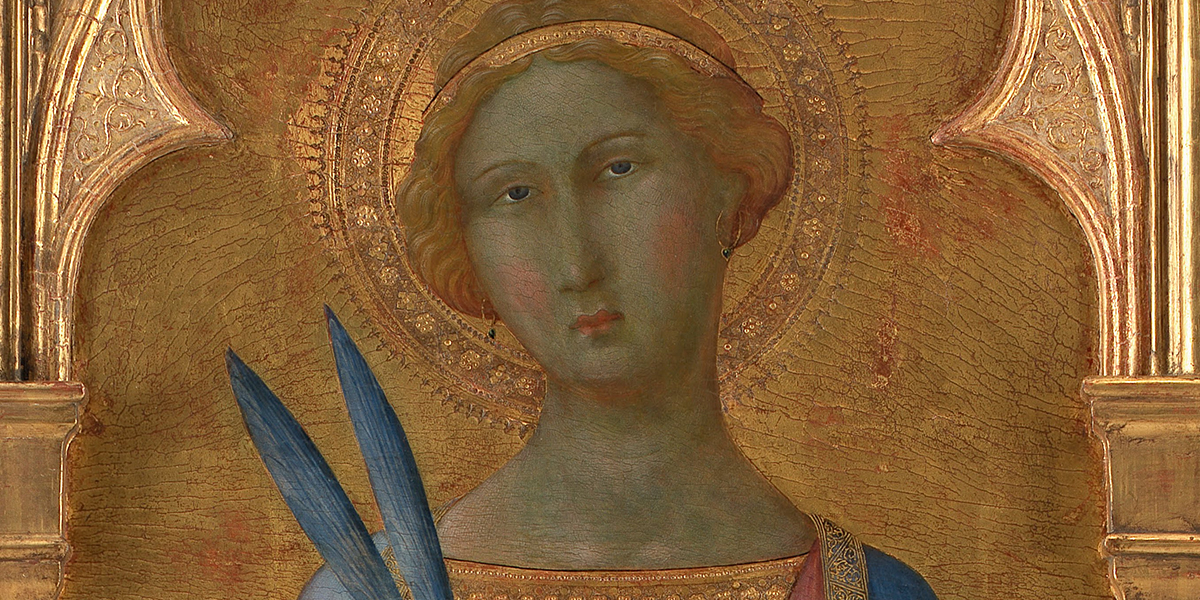
Pandemic triggers interest in little-known saint named…Corona
Germany’s Aachen Cathedral has dug out the relics of little-known Saint Corona, believed to be a patron saint of resisting epidemics, from its treasure chamber and is polishing up her elaborate shrine to go on display once the coronavirus pandemic has passed.

The pandemic, confirmed to have infected nearly half a million people worldwide, including more than 30,000 in Germany, has boosted public interest in the Christian martyr, believed to have been killed by the Romans around 1,800 years ago.
The cathedral had planned even before the coronavirus outbreak to display St. Corona’s shrine this summer as part of an exhibition on gold craftsmanship. It is not clear when people will now be able to view the shrine due to tough restrictions on gatherings imposed to help combat the spread of the virus.
But experts are painstakingly cleaning the gold, bronze and ivory shrine, which has been hidden from public view for the last 25 years, in preparation for when it can go on display.
“We have brought the shrine out a bit earlier than planned and now we expect more interest due to the virus,” said Aachen Cathedral spokeswoman Daniela Loevenich.

Corona is believed to have been only about 16 years old when the Romans killed her for professing the Christian faith.
The girl suffered a particularly excruciating death, according to legend. She was tied to two bent palm trees and then torn apart as the trunks were released.
“That is a very gruesome story and led to her also becoming the patron of lumberjacks,” said Brigitte Falk, head of Aachen Cathedral Treasure Chamber.

Corona’s relics, brought to Aachen by King Otto III in 997, were kept in a tomb underneath a slab in the cathedral – which can still be seen – until 1911-12 when they were placed in the shrine, which is 93 centimetres tall and weighs 98 kilograms.
While the cathedral stresses that Corona is the patron saint of resisting all epidemics, there is some debate over whether that is actually accurate.
“There is a St. Corona, and her remains are in Anzu, a town in northern Italy but her story is complicated, and there is reason to believe she may have been invented,” says Candida Moss, the Edward Cadbury Professor of Theology at the University of Birmingham, U.K.
Moss says Corona is actually the patron saint of treasure hunters.
And according to the Catholic News Service, people seeking help in times of trouble often prayed St. Corona. People believed she had a positive influence regarding money matters, with “coronae” (crowns) being the name given to coins. As a result, treasure-hunters often invoked her name.
“She’s not the patron saint of pandemics or infectious diseases. St. Edmund and St. Roch are, Moss says.
St. Corona’s story is recorded centuries after she reportedly lived near what is now Syria, according to the scholar. Her name comes from the vision of two crowns she reportedly saw, according to later legends — one for herself and one for St. Victor, with whom she generally is depicted.
The coronavirus is so-called because, under a microscope, it looks like a globe with little globules, resembling a crown.
In Latin corona means crown or garland.






